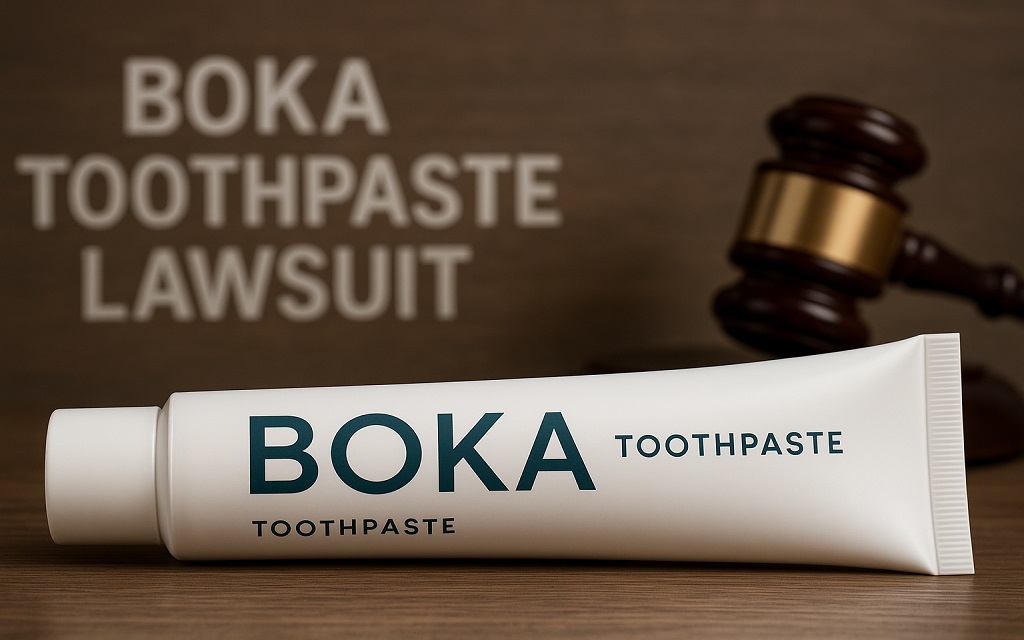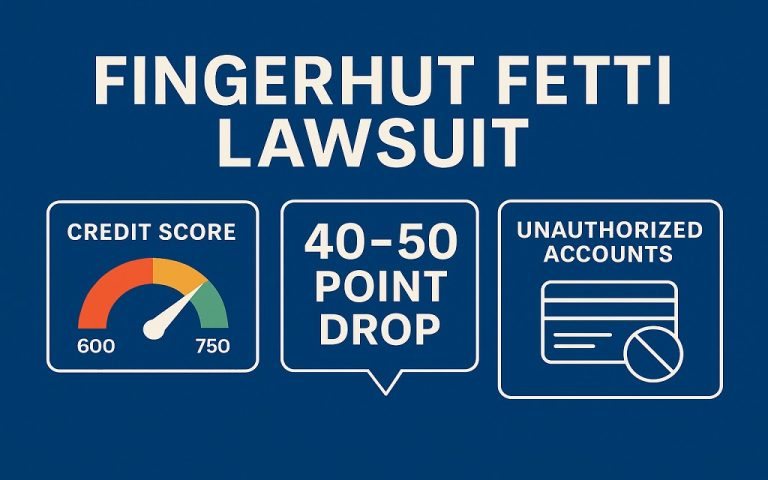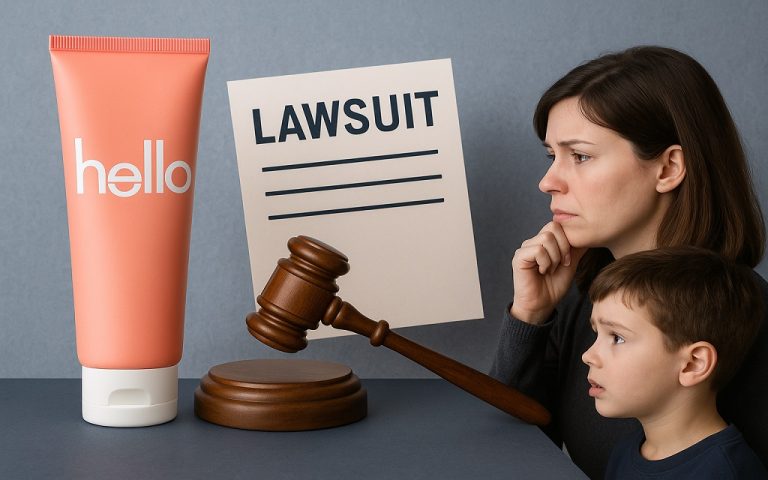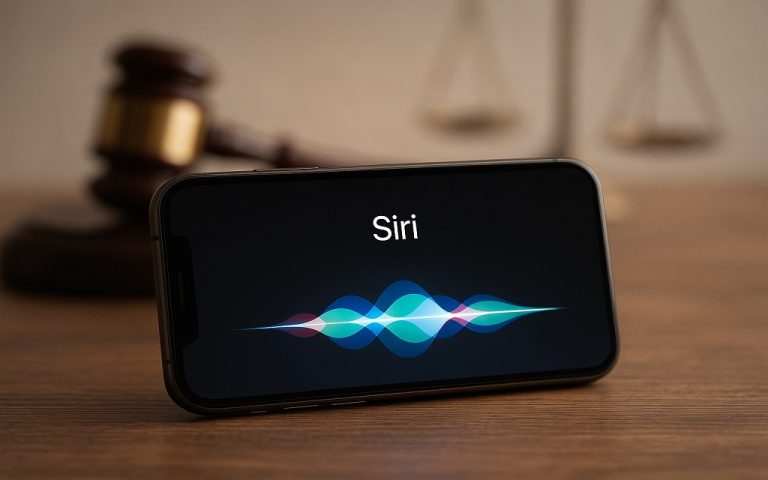You should know that the Boka toothpaste lawsuit has become a significant topic for consumers who trusted the brand’s fluoride-free promises. Many buyers now question whether the hydroxyapatite formula truly delivers enamel repair and whitening benefits. The Boka toothpaste lawsuit highlights how product marketing can influence public trust and raise legal concerns about accuracy in health-related claims.
You can learn what triggered the investigation, how regulators responded, and what rights you have if you purchased Boka products. Understanding the Boka toothpaste lawsuit helps you protect your money, demand transparency from brands, and make smarter choices about safe and proven oral care products.
What is the Boka Toothpaste Lawsuit?
You should know that this concern began after challenges to advertising about the benefits of hydroxyapatite. Boka promoted a fluoride-free option for enamel repair, whitening, and cavity prevention. Legal and industry observers then questioned the proof behind key statements.
NAD issued a decision on May 1, 2025. The decision recommended that Essor Group discontinue claims that Boka toothpaste remineralizes and whitens teeth and modify prebiotic mouthwash claims. The panel accepted basic statements that toothpastes contain nano-hydroxyapatite, but found the evidence did not substantiate stronger efficacy messages. Essor appealed. NARB upheld NAD on July 21, 2025, and recommended discontinuation of the same claims. Both bodies operate under BBB National Programs. Companies often comply to maintain credibility.
You should also know that no federal court has ruled on liability as of today. Lawyers continue to evaluate any consumer protection problems based on the self-regulatory record. Keep the product packaging and receipts in case formal litigation or a settlement procedure begins. The NAD’s 2024 research supports a deeper look into fluoride-free claims and also calls for further investigation of alternative dental care products.
Why Do Customers Doubt Hydroxyapatite Claims?
You should know that hydroxyapatite gained attention as a natural alternative for cavity defense. Many brands highlighted enamel support benefits. Boka’s messages suggested performance comparable to that of fluoride. Scientists and dentists emphasized the limitations of current evidence for parity claims.
ADA materials continue to recognize fluoride as the proven anticaries active in over-the-counter toothpastes. ADA guidance states that fluoride is effective in preventing tooth decay by strengthening enamel. Clinical summaries also quantify benefits from fluoride toothpaste in controlled settings. StatPearls reports lower caries risk with regular use and standard fluoride concentrations in US toothpastes. Those references explain why regulators require strong human data before parity claims.
You should also note that consumer trust dynamics add pressure. Major trust studies report high confidence in scientists, yet advertising trust remains mixed. That pattern can amplify reactions when health-adjacent claims appear stronger than the research base. Brands that align messages with consensus evidence tend to face fewer challenges.
What Did NAD and NARB Decide About Boka’s Advertising?
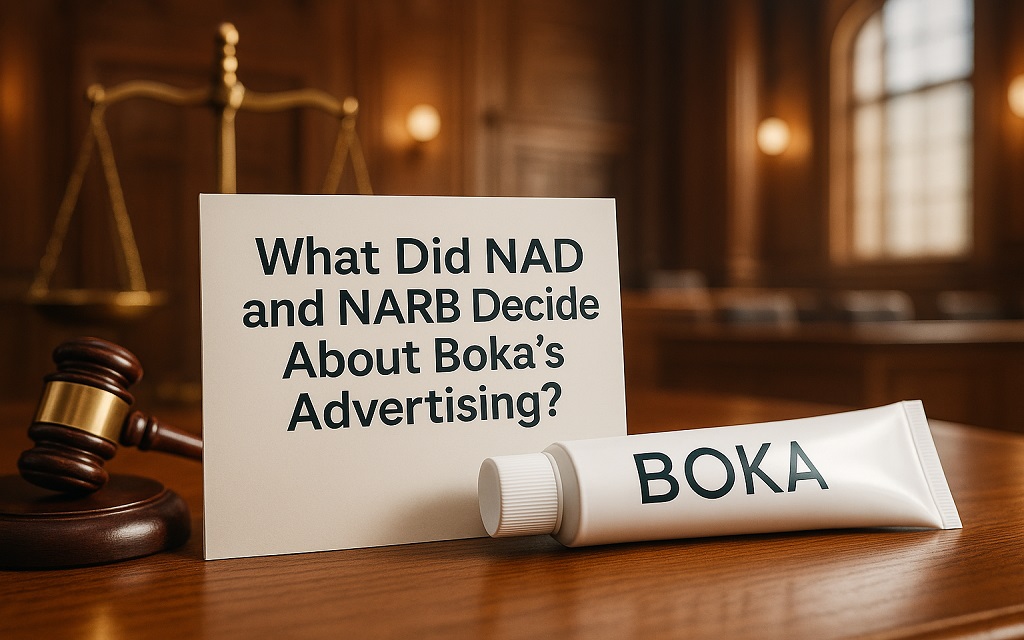
You should know that NAD reviewed Boka’s claims following a competitor’s challenge. The decision found insufficient support for remineralization, whitening, and prebiotic mouthwash statements. The panel accepted the presence of nano-hydroxyapatite but recommended discontinuation of efficacy claims that implied parity with fluoride or rapid cosmetic outcomes.
Essor appealed to NARB. NARB affirmed NAD on July 21, 2025. The panel recommended that Essor discontinue those claims for Boka oral care products until more substantial evidence is available. BBB National Programs published the decision in its case summaries and monthly report. Companies often revise their marketing strategy promptly after such outcomes.
Which Legal Claims May Result from Toothpaste Misrepresentation?
It is important to note that consumer attorneys frequently assess misleading advertising using the FTC Act and state UDAP laws. If insufficient research is available, a case may focus on claims for prebiotic benefits, cavity prevention, enamel repair, or whitening. When customers pay extra because of unfounded promises, plaintiffs may assert a price-premium claim. Courts in consumer cases have entertained that model when reliance on label claims appears plausible.
You should also know that injunctive relief can force labeling changes. Refunds or credits can flow from class settlements where courts approve relief. Federal consumer-protection enforcement adds context. DOJ and FTC enforcement totals demonstrate active oversight across sectors, which signals pressure on health-related marketing. FY 2024 federal enforcement recovered more than two billion dollars under the FCA across categories and highlighted consumer harms in several actions.
Who Can File a Claim Against Boka or Essor Group?
You should know that purchasers who relied on Boka claims may qualify. Proof of purchase within a specified time frame is typically required for eligibility. Order confirmations, receipts, or pictures of the package may be helpful. Online buyers can use email records. Retail buyers can use bank or card statements.
You should understand that class actions often focus on economic loss, not bodily injury. A claimant can seek a refund tied to the price premium allegedly caused by misleading claims. Consumer-protection news outlets track many false-advertising suits in health and personal-care markets each year. Monitoring those sources can help you spot filing windows if a case proceeds.
What Compensation Could Consumers Receive?
You should know that relief can take several forms. Cash refunds appear when receipts exist. Vouchers or credits appear when documentation is limited. Courts can also order corrective statements and modified labeling. Attorneys may seek fees and costs when statutes allow recovery.
You should note that settlement values vary widely across consumer false-advertising cases. FTC and state actions sometimes reach eight-figure totals where evidence supports large-scale deception. Private class actions can produce more modest per-buyer refunds. The key driver remains substantiation gaps and consumer reliance on the challenged statements.
How Can You Collect Evidence for a Boka Toothpaste Claim?
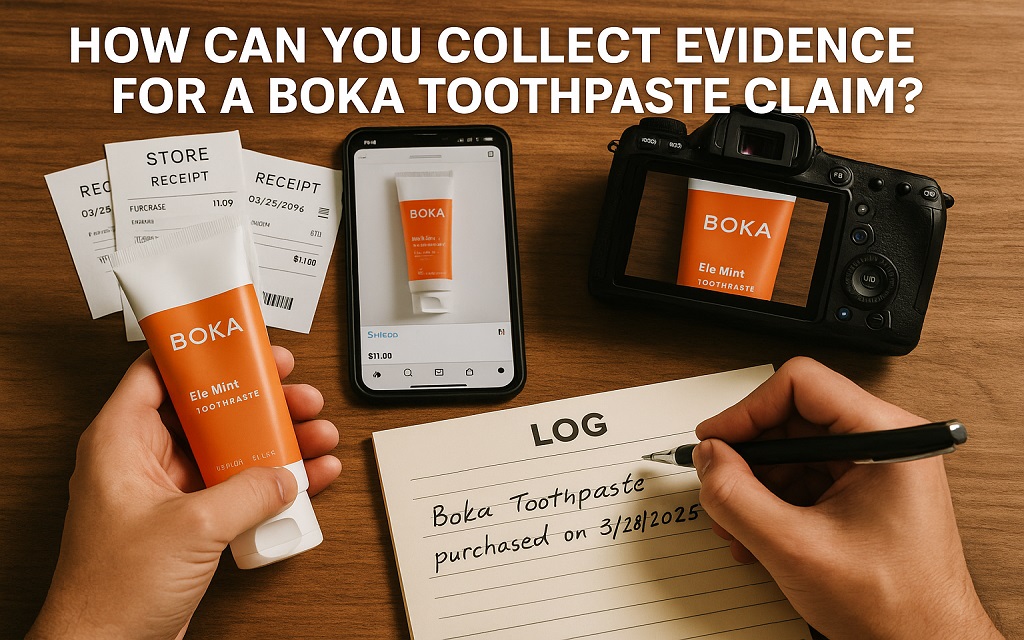
You should know that strong documentation increases the odds of recovery. Email confirmations, retail receipts, and bank statements verify dates and prices. Photos of the box, tube, and inserts capture the exact claims that influenced your purchase. Screenshots of website pages and product listings add context.
You should also keep a brief usage log. A short note on performance, taste, or sensitivity provides helpful detail. Many consumer claims falter due to missing proof. Organized records simplify claim portals when settlements open. NAD and NARB pages remain valuable for bookmarking because summaries often appear in later pleadings or notices.
What Deadlines and Legal Limits Should You Know?
You should know that state statutes of limitations control filing windows for UDAP and warranty claims. Many states apply a two- to four-year window from the purchase or discovery date. Acting quickly protects rights. A consumer law specialist can confirm the deadlines in your state.
You should also monitor agency and BBB announcements. Refund programs can expire before many buyers file. FTC and BBB publications announce settlements and compliance updates that may affect eligibility. Timely action prevents missed deadlines and maintains possibilities.
What Is the Difference Between Fluoride and Hydroxyapatite?
You should be aware that natural enamel and hydroxyapatite share chemical similarities. Fluoride has decades of clinical support for cavity prevention. ADA resources continue to recognize fluoride as an anticaries active ingredient in OTC toothpaste. StatPearls summarizes reduced caries risk with regular fluoride use and standard concentrations in common formulations.
You should treat nano-hydroxyapatite as a promising adjunct. Larger, longer clinical trials would strengthen claims about parity for cavity prevention, remineralization, and whitening. Regulators ask brands to align messages with consensus science. Careful buyers can select products with the ADA Seal for vetted safety and efficacy.
How Does the Boka Matter Compare to Other Oral-Care Disputes?
You should know that oral-care brands across categories have faced advertising scrutiny. NAD referrals have focused on comparative efficacy and whitening timelines across several campaigns. Self-regulatory case reports show recurring disputes over unsupported performance claims in oral care and related health categories.
You should see Boka as part of that trend. The NAD and NARB path offers a public record that plaintiffs may cite later. Companies often change copy after such decisions to avoid confusion. Trust can be maintained and risk reduced with careful wording that aligns with the strength of the evidence.
What Information Is Needed Before Filing a Claim?
You should prepare before any filing. Keep proofs of purchase. Keep packaging photos. Save screenshots of ads or website pages. Avoid third-party sites that demand fees. Use official settlement portals or law-firm pages when a case opens.
You should track updates through BBB National Programs and the FTC newsroom. Those pages announce decisions and refunds. Many consumers miss deadlines even when relief exists. Proactive tracking can make the difference between recovery and a lost claim.
FAQs: Quick answers for buyers
Is Boka toothpaste safe to use?
Yes, Boka toothpaste is generally safe when used as directed, though its hydroxyapatite claims lack full FDA-approved evidence.
What is the Boka toothpaste lawsuit?
The Boka toothpaste lawsuit challenges advertising claims that hydroxyapatite can repair enamel and prevent cavities without fluoride.
What are the disadvantages of toothpaste that contains hydroxyapatite?
Lack of long-term research, higher cost, and potentially less effective cavity prevention than fluoride are the disadvantages.
Why did Europe outlaw nano-hydroxyapatite?
Europe has restricted the use of nano-hydroxyapatite in dental care due to insufficient toxicological data and safety concerns about nanoparticle absorption.
Conclusion: Learn How to File a Claim
You should treat the Boka toothpaste lawsuit matter as a reminder to all consumers to verify health-related claims. The case shows how crucial scientific proof is in marketing. Regulators found that some Boka statements lacked enough evidence. That result highlights your right to honest information before you buy any product. NAD and NARB identified gaps in support for key Boka messages in 2025 and recommended discontinuing several claims.
However, you should keep documents, product packaging, and screenshots of Boka advertisements, and follow official channels in case refund options become available. Also, those records help you file a claim if refunds or settlements open. You should follow the Better Business Bureau and the Federal Trade Commission for formal notifications. You have the best chance of recovering if you act right away.
Additionally, you should be alert, organized, and ready to file as soon as the process begins. You are only protected by consumer law when you use it. Your money and rights are protected by thorough documentation and prompt action.
Disclaimer: This article provides a general overview of the Boka Toothpaste lawsuit, based on publicly available information, and is intended for informational purposes only. It is not legal advice.

